On September 1, 1858, the French-Spanish coalition fired the first shot to attack Da Nang , beginning the plan to "attack the capital Hue, forcing the Hue court to surrender". However, under the command of famous generals of the Nguyen Dynasty, Nguyen Tri Phuong and Le Dinh Ly, the royal army and the army and people of Da Nang fought steadfastly, forcing the French coalition to withdraw after 18 months and 22 days of being bogged down here.
 |
| Images of the French-Spanish coalition firing the first shot at Son Tra peninsula (top photo) and the coalition warships off the coast of Da Nang before firing (bottom photo) are on display at Hoa Vang Cemetery. Documentary painting |
165 years later, historical images and documents depicting the scene of Da Nang's army and people building fortifications, repairing bunkers, or the scene of the French-Spanish coalition firing the first shot at Son Tra peninsula are vividly recreated through the exhibition of paintings, photos and historical documents "Da Nang in the early days of the resistance against France and Spain (1858-1860) - Heritage remaining with time" organized by Da Nang Museum from August 30 to September 6 at the Hoa Vang Cemetery National Historical Site.
Old stories left behind
The road leading to the Hoa Vang National Historical Site (Khue Trung Ward, Cam Le District) on a sunny day in early September. In the cemetery grounds, in front of more than a thousand graves of martyrs lying neatly and peacefully under the shade of trees, the Da Nang Museum organized an exhibition of about 100 paintings and documentary photos related to the event when Da Nang started the resistance war against the French-Spanish coalition (1858-1860).
Standing in front of a sketch of the French-Spanish allied forces landing on the left bank of the Han River, attacking Dien Hai citadel, Mrs. Dinh Thi Muoi (75 years old), who lives near the cemetery area, said that every month on the 1st and 15th of the lunar month, she often buys fruit and goes to the cemetery to burn incense, sending a little sincerity to the heroes and martyrs.
This year, standing in front of the paintings, photos, and historical documents of Da Nang in the early days of the resistance against the French, Mrs. Muoi had another opportunity to look back to the past, thereby better understanding the two parallel sentences "An triem kho cot di tuyen co/ Trach cap tan hon tai kien kim" (roughly translated: The king's grace permeates the dry bones from the past; the dew drops give the wandering souls to see again today), dating from the 19th year of Tu Duc (1866).
According to Mrs. Muoi, over the past 60 years, after moving to its current location, Hoa Vang Cemetery has lived fully in the hearts of the people of Khue Trung Ward. In the middle of the spacious new urban area, the old story is closely tied to the rows of graves of martyrs, straight and solemn. However, like Mrs. Muoi, not everyone understands clearly what happened on the Han River and in Dien Hai Citadel 165 years ago.
Along with the development of the city, each historical vestige is like an embodiment of the past so that people can connect and string together events that have taken place. Before the precious images and documents of Da Nang in the early days of the resistance against the French, researcher Bui Van Tieng, Chairman of the City's Historical Science Association, said that the unique thing that only Da Nang has is that shortly after the Nguyen Dynasty's army and people won against the French-Spanish coalition, King Tu Duc - the commander-in-chief of the Mau Ngo war (1858-1860) decided to build Hoa Vang Cemetery and Phuoc Ninh Cemetery to gather nearly 3,000 sets of remains of mandarins, royal soldiers and people who "died for the country".
To bring ancient history closer to today's people, Mr. Bui Van Tieng affirmed that the exhibition of photos and historical documents at Hoa Vang Cemetery or the scientific discussion "Preserving and promoting the value of heritages related to the Mau Ngo War (1858-1860)" taking place on the occasion of the 165th anniversary of the resistance war against the French-Spanish coalition (1858-2023) are necessary activities, so that even if time goes back hundreds of years, when standing in front of Hoa Vang Cemetery, people will still recognize this as the place where the blood and bones of many heroes and martyrs who fell to protect Da Nang many years ago are preserved. Activities to remind people of national history are not only necessary, but also the responsibility of Da Nang people today towards their ancestors.
Preserve and promote related historical values
Going back in history, Da Nang was the first place where the French-Spanish coalition opened fire to carry out its plan to invade all of Vietnam in the 19th century. In that context, the people of Da Nang became the first, representing the people of the whole country, to fight against the invading forces from the West with modern weapons and means of war.
When opening fire to attack Da Nang, the French-Spanish coalition thought that this was an easy target, so they chose the option of "fighting fast, winning fast". However, under the talented leadership of famous generals Nguyen Tri Phuong, Le Dinh Ly, Dao Tri, and the tenacious fighting of the people of Quang Nam , Da Nang and the Nguyen Dynasty's army, the French-Spanish coalition was bogged down in this war for 18 months and 22 days, forced to withdraw.
In particular, this event is considered the great and only victory of our army and people on the Da Nang front in more than a quarter of a century against the French invasion (1858-1885). Mr. Huynh Dinh Quoc Thien, Director of the Da Nang Museum, said that 165 years have passed, most of the data and traces of the war are now only preserved in sketches, maps, through history books, land names, village names or through cemeteries that record the names of heroes and martyrs.
Although there are not many documents left, they are quite diverse and complete. “The city still has many traces of the resistance war against the French-Spanish alliance in the 19th century. Through the exhibition, viewers will better understand the position and historical role of Da Nang in the resistance war against the French-Spanish alliance (1858-1860). At the same time, they will know the defense policy of Da Nang of the Nguyen Dynasty as well as the plots and tactical intentions of the French-Spanish alliance during the time of opening fire to attack Da Nang,” said Mr. Thien.
It is known that in this exhibition, in addition to providing images and historical documents summarizing the progress of the Mau Ngo war in 1858, Da Nang Museum also added many valuable images and documents collected from the French National Archives Center, along with images of the restoration, embellishment, and education of patriotic traditions at relics associated with the resistance against France - Spain of the army and people of Da Nang.
Notable among these are the series of illustrations of the French-Spanish allied forces firing the first shot to attack Son Tra peninsula; the scene of French warships fully equipped with modern war equipment attacking Da Nang on September 1, 1858; the scene of allied forces landing on the coast of Da Nang or the scene of French troops moving captured cannons out of Dien Hai citadel...
Having spent a lot of time searching for images and documents about Da Nang in the early years of the French resistance while making the documentary "Song Cua Han", People's Artist Huynh Hung said that there are not many images and documents about the event over time, so to make the film, the crew had to go to the hometown of famous general Nguyen Tri Phuong, Tu Duc tomb, Hue citadel and interview many historical researchers to have a multi-dimensional perspective on the battle in 1858.
People's Artist Huynh Hung affirmed that for the people of Da Nang in general and historical researchers in particular, the documents and images of Da Nang in the early years of the resistance against the French are truly valuable. Because it is an important historical event, not only depicting the courage and sacrifice of the people of Da Nang but also mentioning the strategy to protect Da Nang under King Tu Duc.
After studying related documents, images, and stories, he believes that the Nguyen Dynasty showed its determination to protect the Fatherland when it sent the famous general Nguyen Tri Phuong - a loyal subject, a wise and brave general - who was then an official in the South, to Da Nang to be the commander-in-chief against the French colonialists. Most of Nguyen Tri Phuong's proposals in the process of building anti-French tactics were approved by the court, creating opportunities for the army and people of Da Nang to win against the French-Spanish coalition.
“I believe that through the historical data at this exhibition, we will better understand the sacrifice and bravery of the famous general Nguyen Tri Phuong, the royal army and the people of Da Nang in the strategic victory during the resistance against French colonialism. That is also the basis for the city to preserve and promote related historical values,” People’s Artist Huynh Hung shared.
It can be said that, along with the development of the city, the historical images and documents about Da Nang in the early years of the resistance against the French collected and displayed by the Da Nang Museum have become more meaningful, as this is considered the great and only victory of our army and people on the Da Nang front in more than a quarter of a century against the invading French, right from the very beginning.
SWALLOW
Source



![[Photo] President Luong Cuong receives Speaker of the New Zealand Parliament Gerry Brownlee](https://vphoto.vietnam.vn/thumb/1200x675/vietnam/resource/IMAGE/2025/8/29/7accfe1f5d85485da58b0a61d35dc10f)
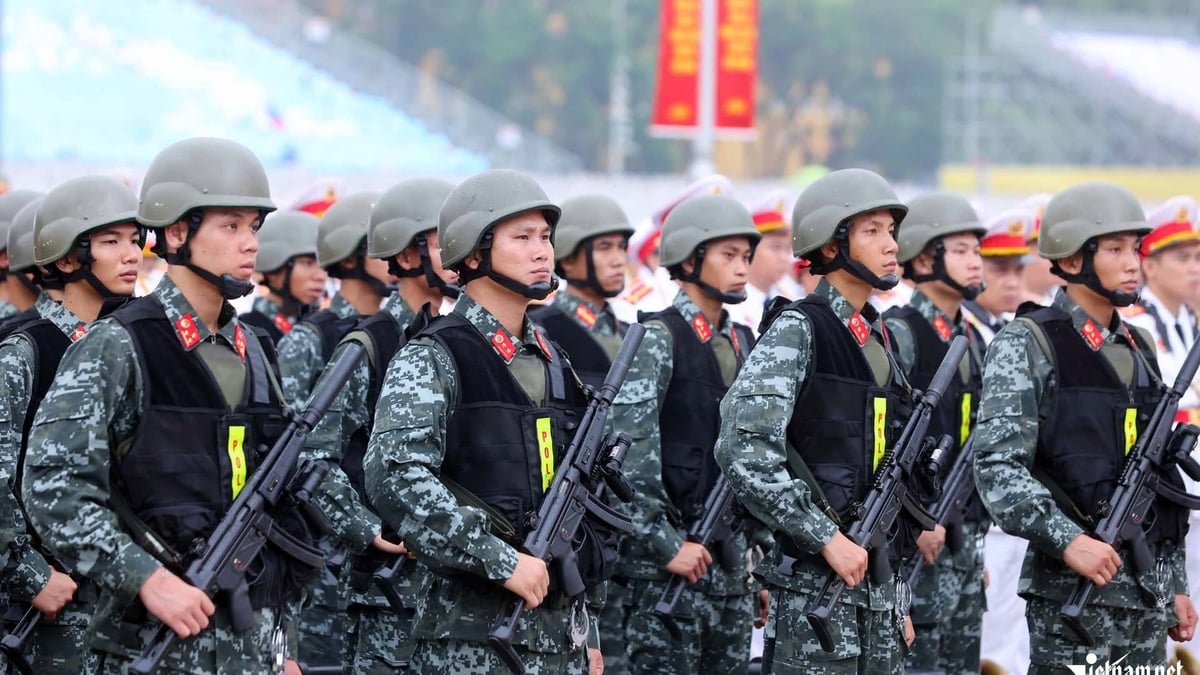


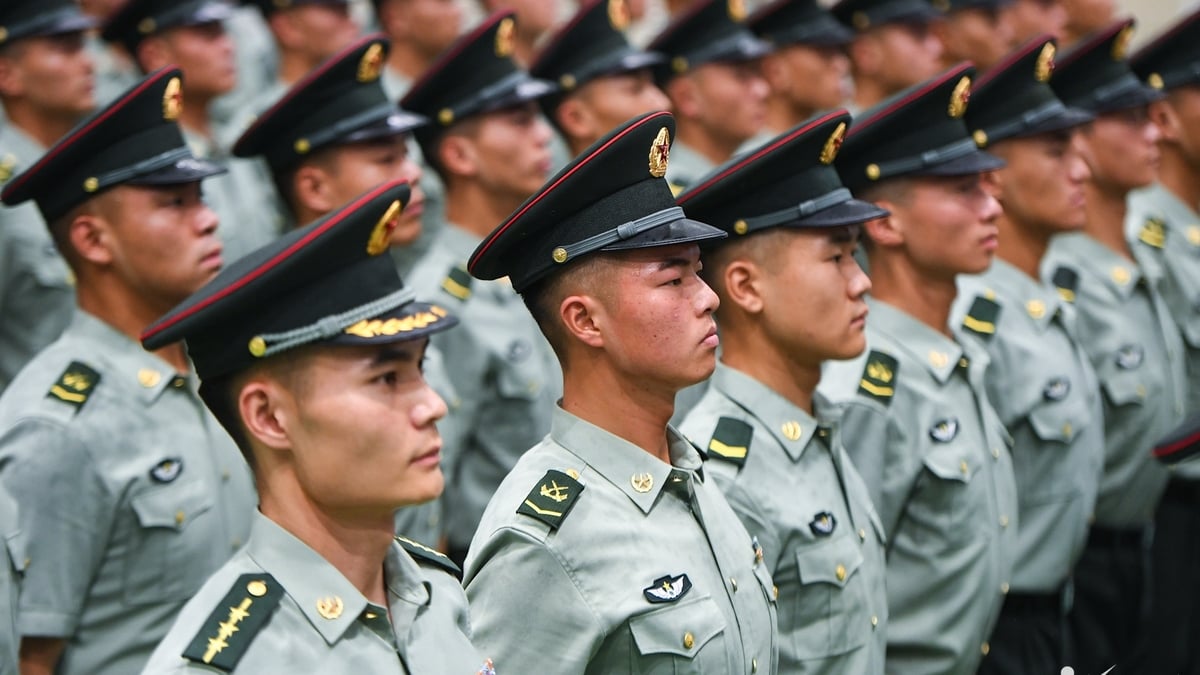

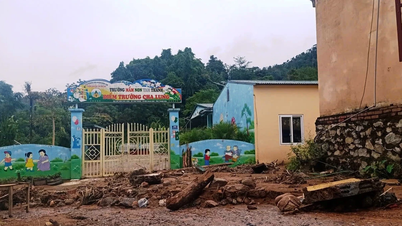






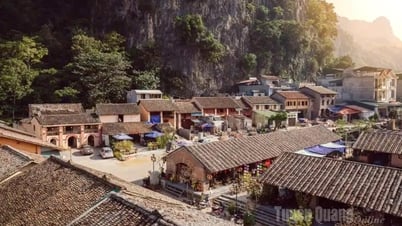



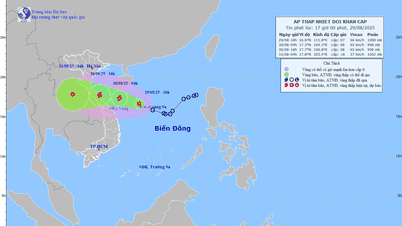





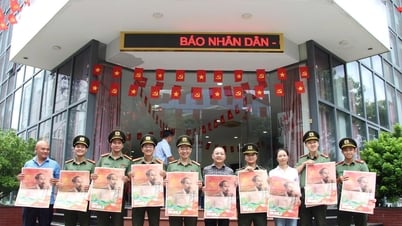
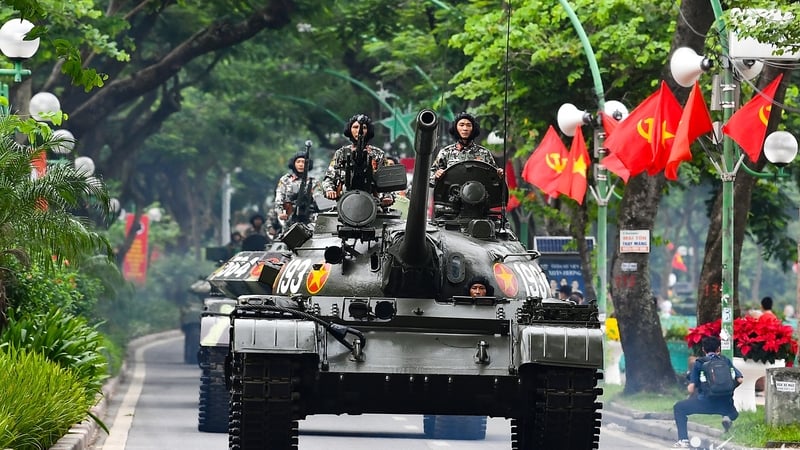



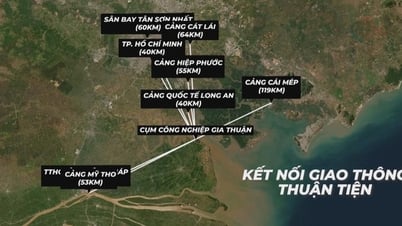


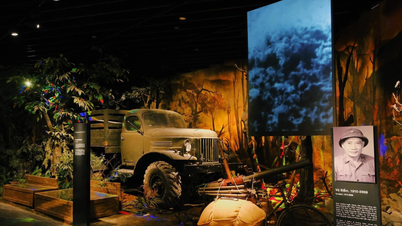
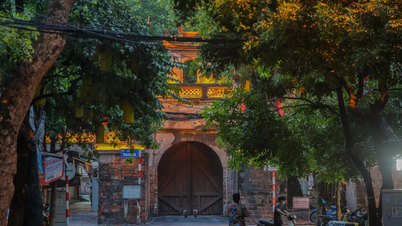




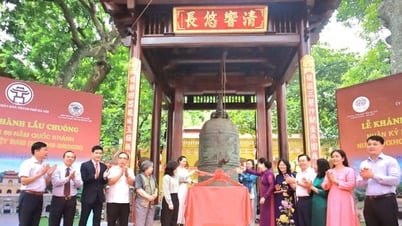

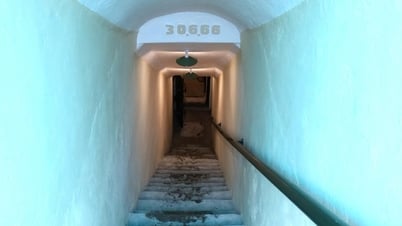

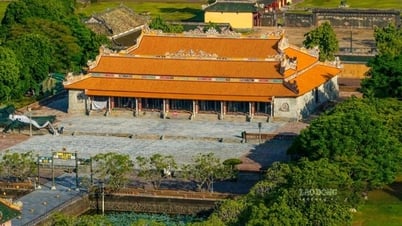
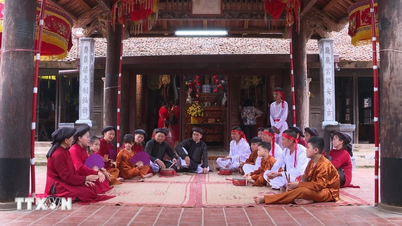


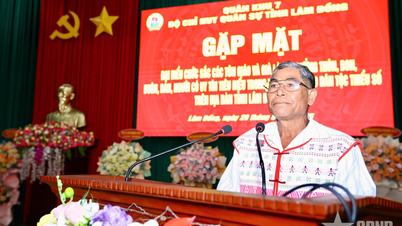




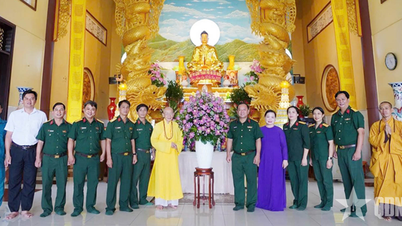
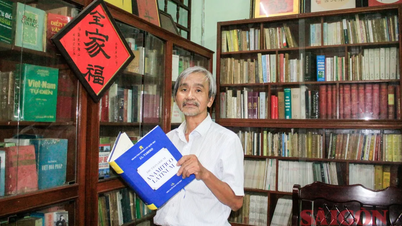











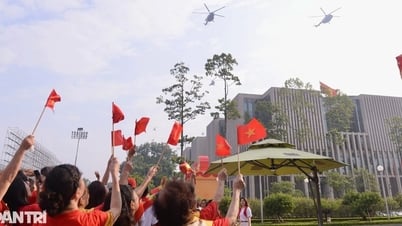











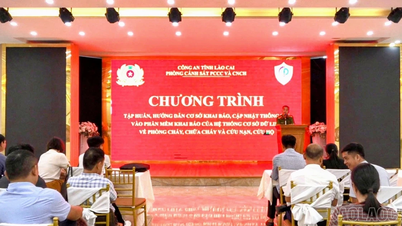

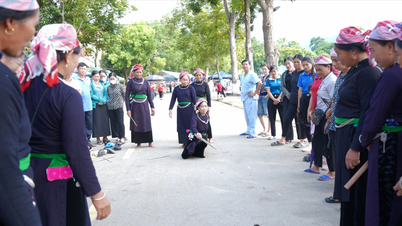

















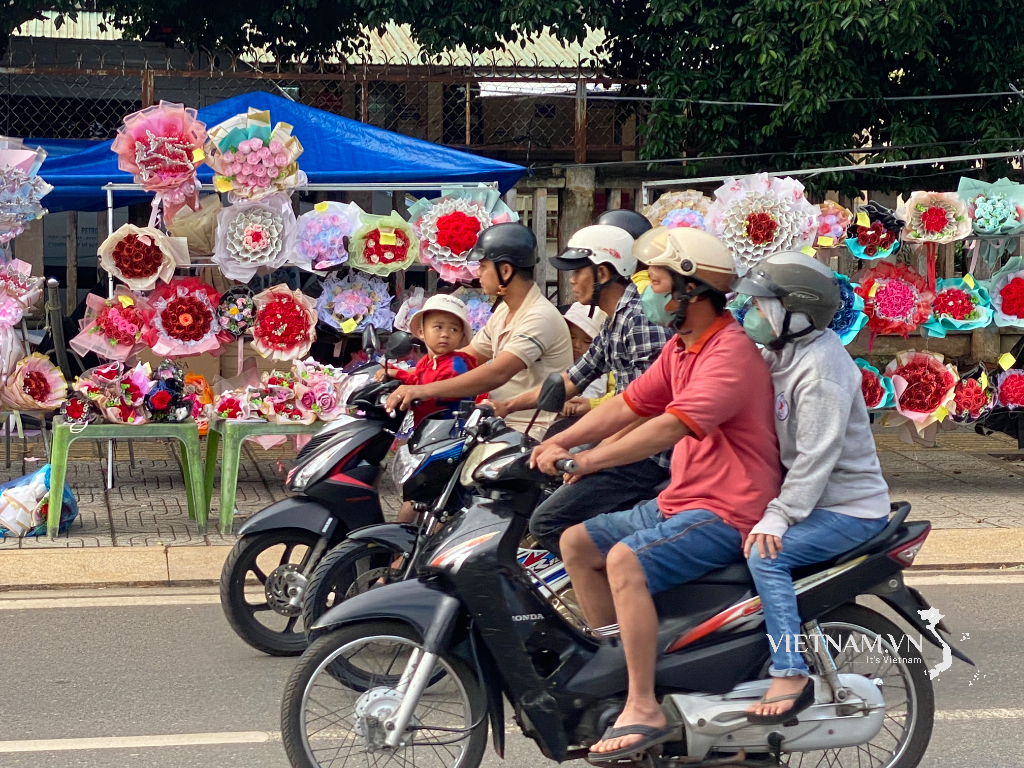

Comment (0)